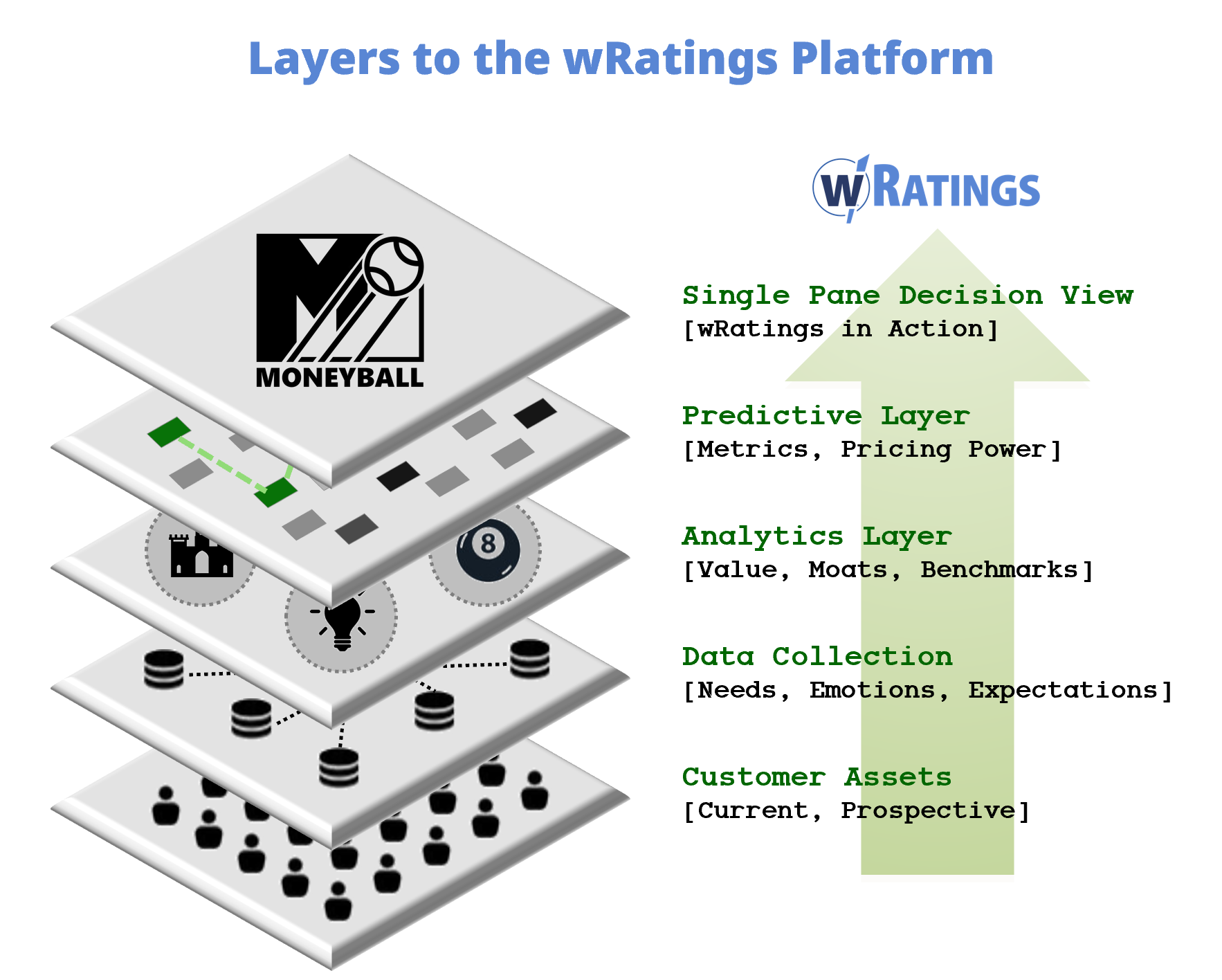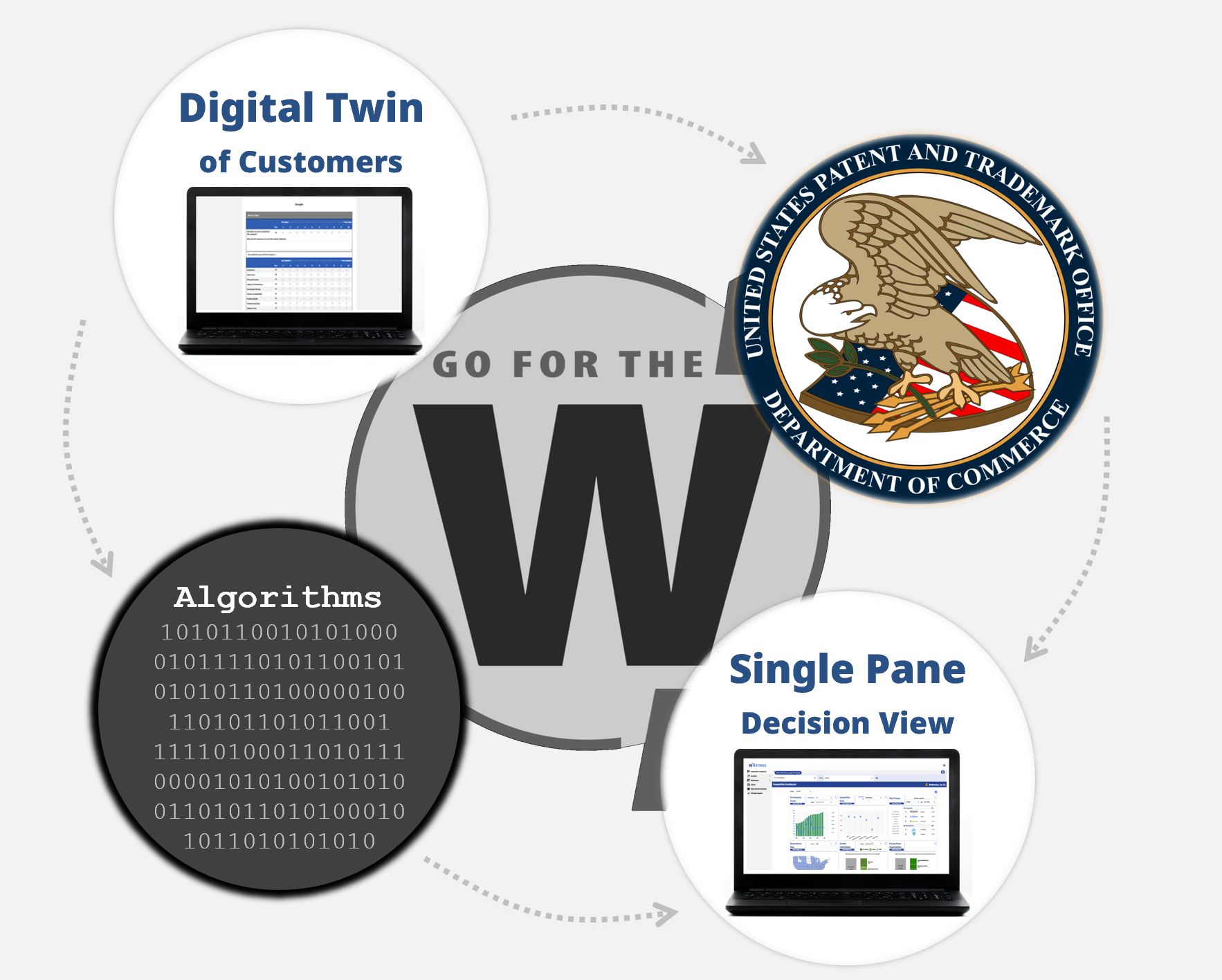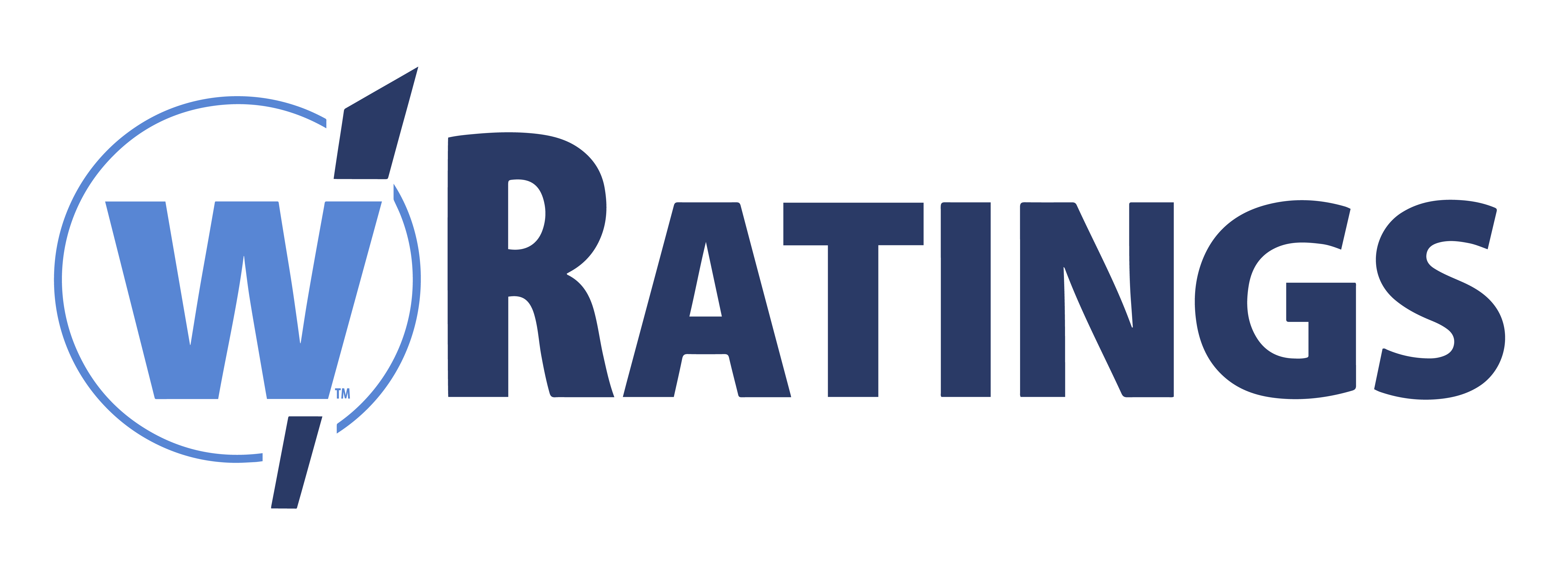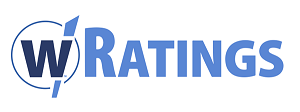The Innovation
Moneyball for Sales Growth:
The Art of Winning in the Unfair Game of Business

Our Platform Layers
For the first 20 years of wRatings, our tools were segmented into multiple different systems that performed our predictive analytics. In 2019, we embarked on an effort to consolidate all the tools into a single platform, and alter our business model from market research to Software as a Service (SaaS).
Each layer of the wRatings Platform provides additional automation to the highly complex process of sales growth. Because our customer expectations data is forward-looking, we build an intangible asset for each company from their customer data.
The wRatings platform allows for continuous delivery of our data, charts, and predictive analytics on demand 24×7. Corporate Subscribers are able to see their results in real-time, providing a rapid time to value with each and every wave of data collection.
Corporate Subscribers also receive access to the W-30 Index of companies, and other well-known companies from our universe of coverage.


Patented Methods
Using our patents for collecting and analyzing data, the wRatings platform assembles a unique digital twin of customers unmatched through other data methods. The methods involve combining customer perception of their expectations, emotions, pricing sensitivity and other critical buying decision factors.
After building a digital twin of customers, we perform a series of automated analytics so that the data’s story jumps off the charts in an easy to understand, memorable way.
Most data presentations are uninteresting, monotonous and often downright boring. That’s because data is, well, just data.
This never happens with wRatings data. It’s the difference between seeing a static picture and an action-packed movie.

